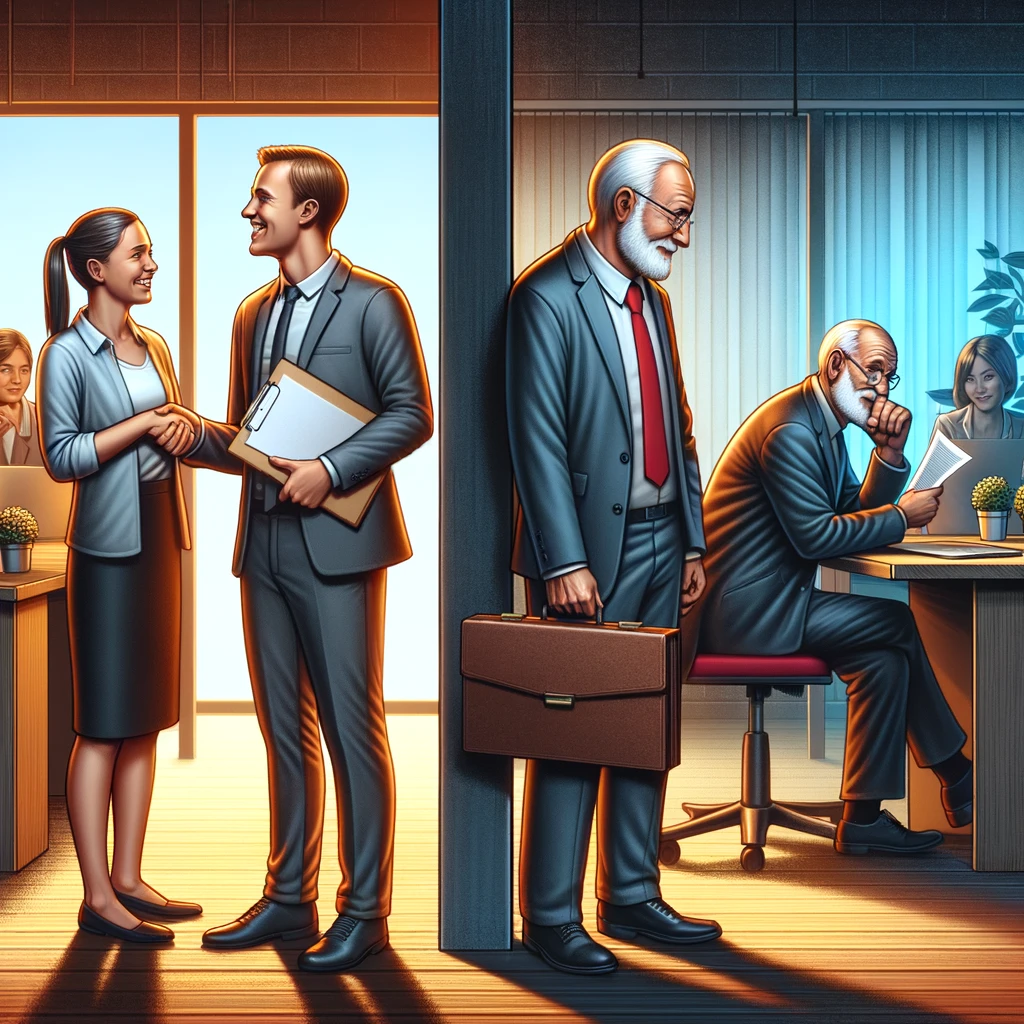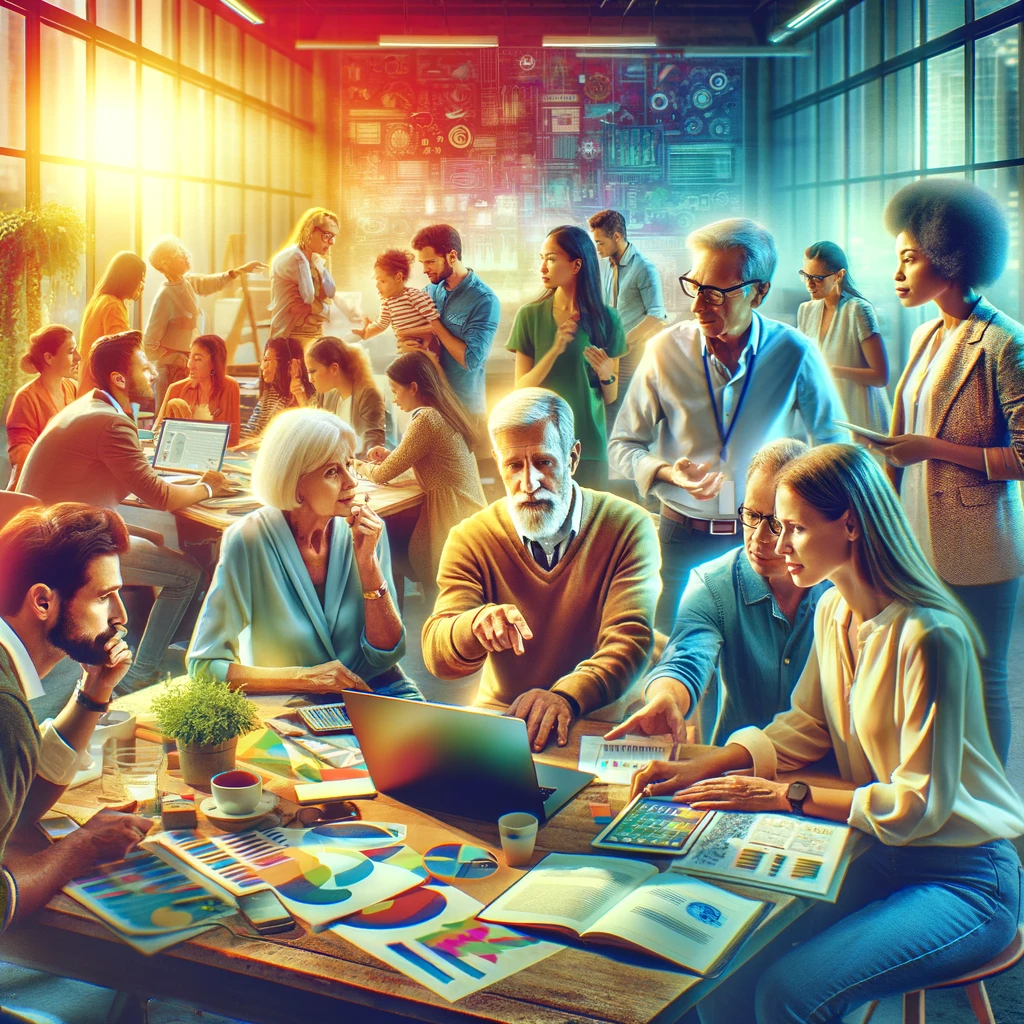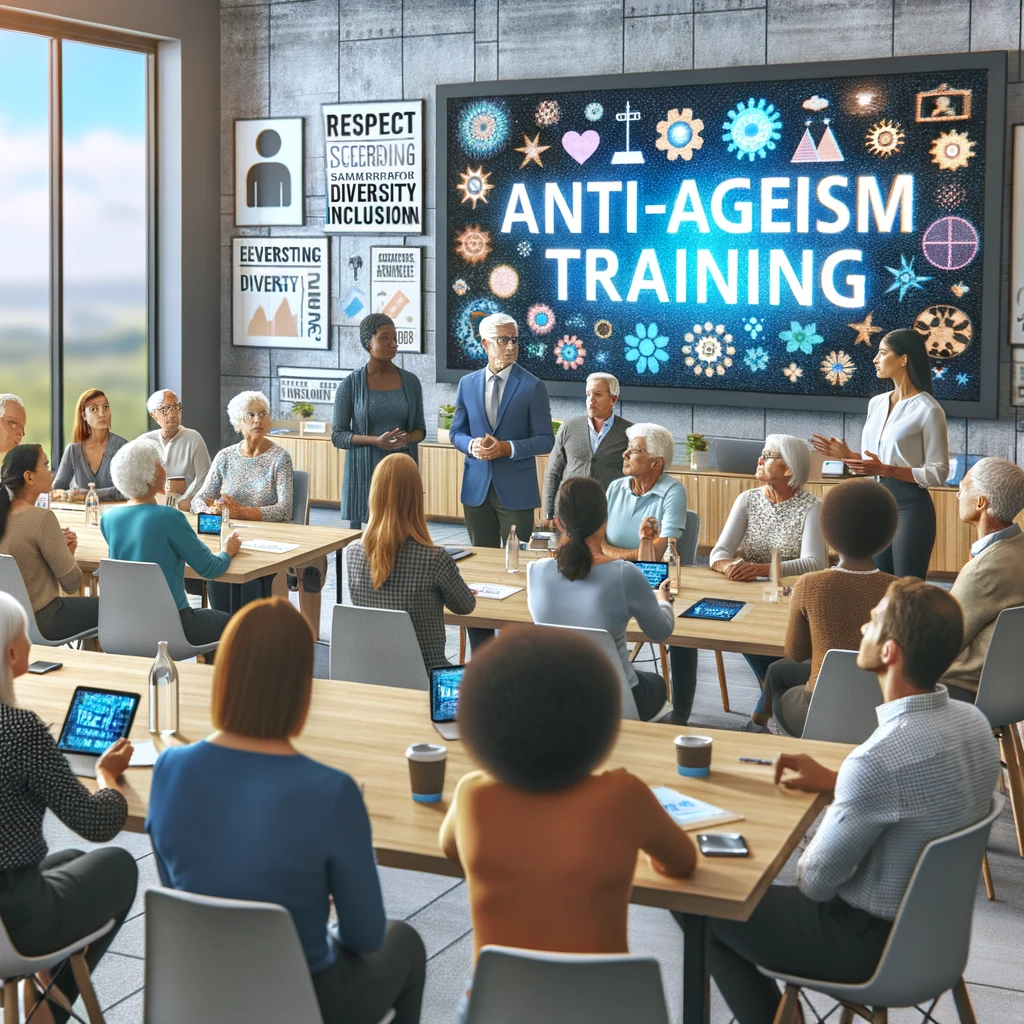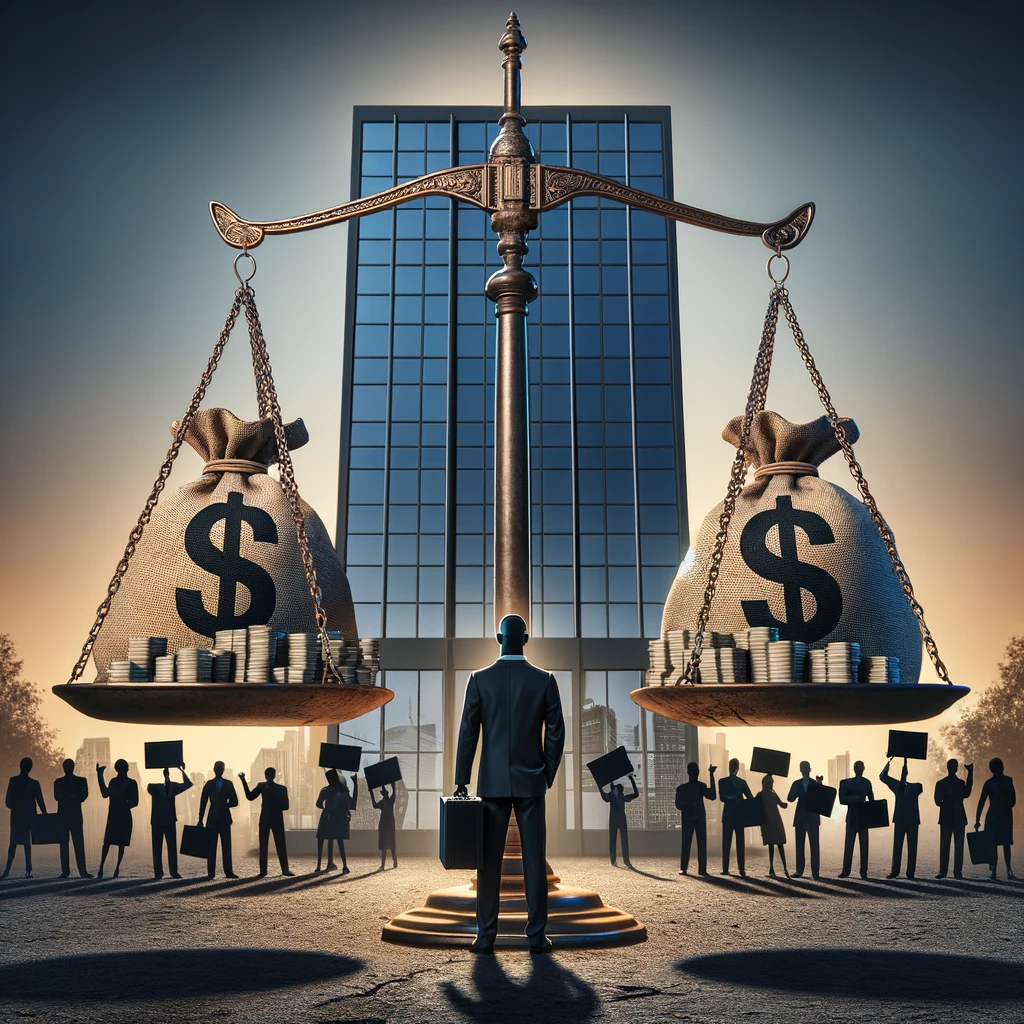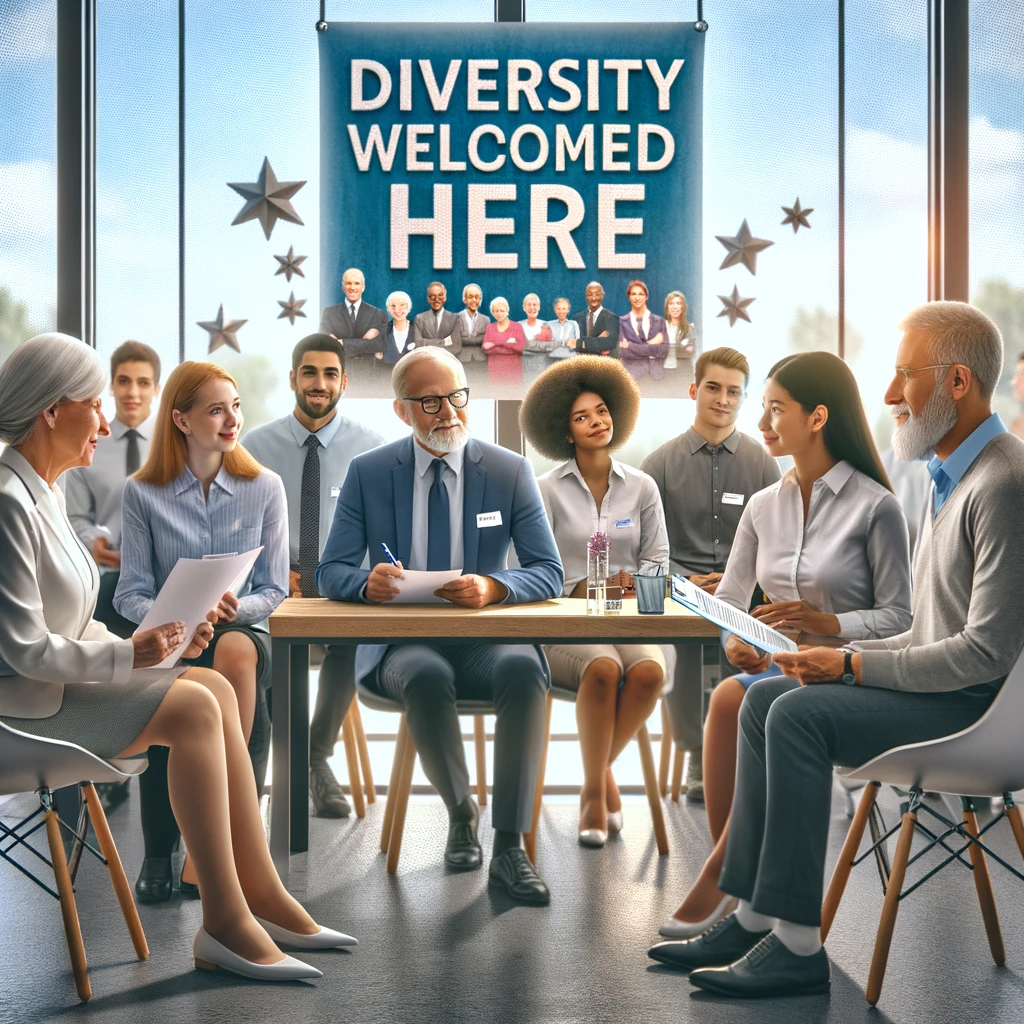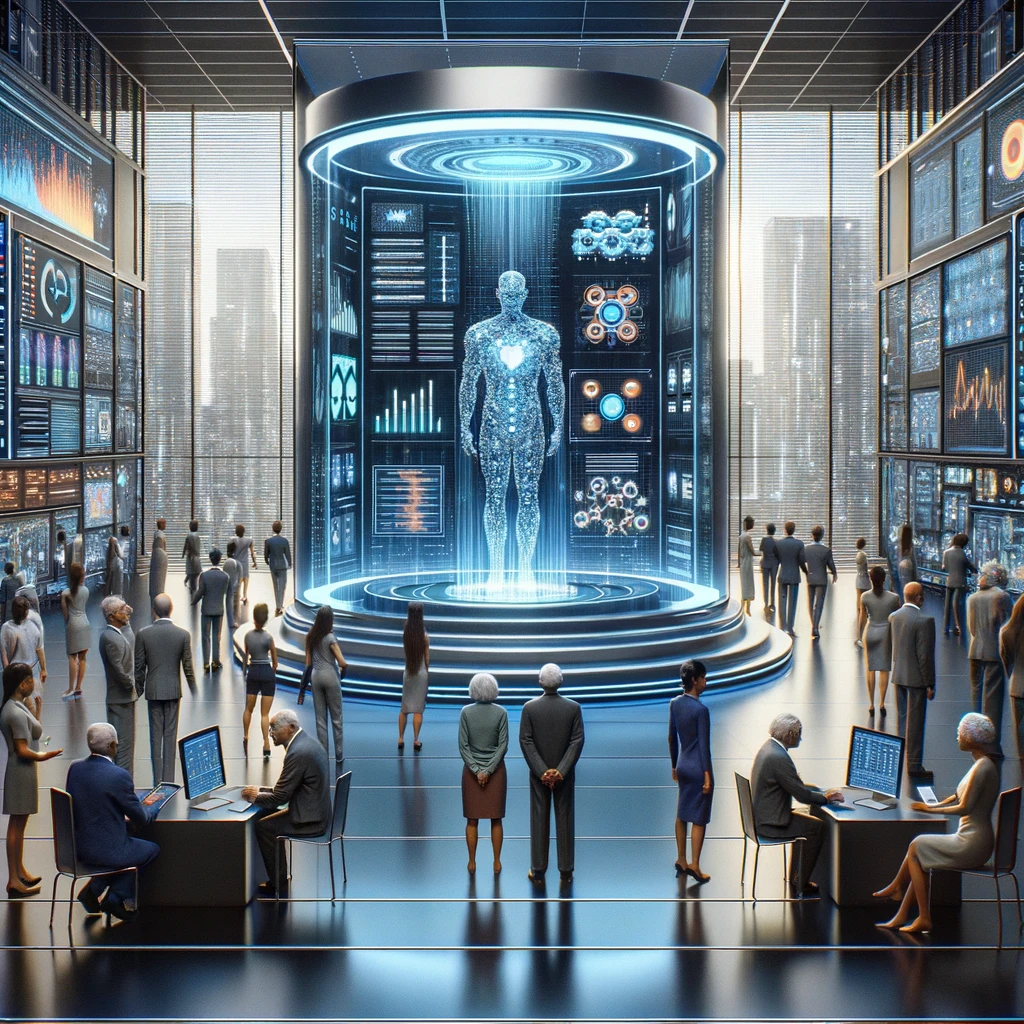In an era where diversity and inclusion are at the forefront of organizational agendas, one pervasive issue remains somewhat in the shadows: ageism. This discrimination against individuals based on their age affects not only older workers but also the younger generation entering the workforce. Below are 20 undeniable facts about ageism in the workplace, highlighting the critical need for awareness and action.
1. The Prevalence of Age Discrimination
Studies have shown that age discrimination in the workplace is widespread, with over 50% of workers over the age of 45 experiencing some form of age-related bias. This discrimination can manifest in various aspects of employment, including hiring, promotions, assignments, and terminations.
2. The Impact on Older Workers
Older workers often face stereotypes that they are less adaptable, less technologically savvy, and less willing to learn new skills, despite evidence to the contrary. Such stereotypes can severely limit their opportunities for career advancement or even continuation.
3. Underutilization of Experienced Workers
Businesses that succumb to ageist biases overlook the substantial benefits that experienced workers bring to the table, including wisdom, stability, and a wealth of industry knowledge. This underutilization represents a significant loss of potential for organizational growth and innovation.
4. Ageism Affects Younger Workers Too
While older workers are the most commonly discussed victims of ageism, younger workers also face discrimination. They are often perceived as lacking in professionalism, dedication, and experience, which can hinder their career progression and opportunities.
5. The Legal Framework
In many countries, age discrimination is illegal, with laws designed to protect workers from unfair treatment based on age. Despite these protections, enforcement can be challenging, and many cases go unreported or unresolved.
6. The Economic Impact of Ageism
Ageism not only affects individuals but also has a broader economic impact. It can lead to increased unemployment rates among older workers, higher costs associated with turnover, and lost productivity due to the underemployment of skilled workers.
7. The Mental Health Toll
Facing discrimination can have a profound impact on an individual’s mental health. Workers who experience ageism report higher levels of stress, anxiety, and depression, which can affect their overall well-being and job performance.
8. The Technology Gap Myth
One common stereotype is that older workers struggle with technology. However, research has debunked this myth, showing that many older individuals are just as capable of learning and using new technologies as their younger counterparts.
9. Age Diversity Enhances Team Performance
Teams that include a mix of ages benefit from diverse perspectives, leading to more innovative solutions and improved problem-solving. Age diversity can enhance team dynamics, creativity, and overall performance.
10. The Role of Implicit Bias
Ageism is not always overt; implicit biases can subtly influence decisions about hiring, promotions, and layoffs. These unconscious biases require active efforts to identify and mitigate them to create a more inclusive workplace.
11. The Retirement Age Shift
As life expectancy increases and retirement savings dwindle, many individuals are working longer out of necessity. This shift challenges traditional notions of retirement age, further complicating the dynamics of ageism in the workplace.
12. The Gap in Anti-Ageism Training
While many organizations have implemented training to combat sexism, racism, and other forms of discrimination, anti-ageism training is often lacking. Increasing awareness and education about ageism is a critical step toward addressing this issue.
13. The Cost of Age Discrimination Lawsuits
Companies facing allegations of age discrimination can incur substantial costs, not only in legal fees and settlements but also in damage to their reputation. Addressing ageism proactively is not only the right thing to do; it’s also good for business.
14. The Importance of Age-Inclusive Recruitment
Recruitment practices often reveal ageist biases, with job postings sometimes explicitly or implicitly signaling preferred age ranges. Adopting age-inclusive recruitment practices is crucial for attracting and retaining talent across the age spectrum.
15. The Potential for Age Discrimination in AI and Machine Learning
As artificial intelligence and machine learning play an increasingly significant role in recruitment and HR processes, there’s a risk that these technologies could perpetuate ageism. Ensuring that algorithms are free from biases is essential for fair and inclusive employment practices.
16. The Link Between Ageism and Gender Discrimination
Ageism can intersect with other forms of discrimination, including gender. For example, older women may face both ageist and sexist biases, exacerbating the challenges they encounter in the workplace.
17. The Global Variation in Ageism
Ageism in the workplace is not uniform globally; cultural attitudes towards aging and the value of older workers vary significantly from one country to another. Understanding these cultural nuances is essential for multinational organizations.
18. The Role of Policy in Combating Ageism
Government policies and regulations can play a crucial role in combating ageism, from enforcing anti-discrimination laws to promoting age diversity in hiring practices. Policymakers have a responsibility to address this issue head-on.
19. The Shift Toward Age-Positive Work Cultures
Some forward-thinking companies are leading the way in creating age-positive work cultures, recognizing the value of workers of all ages and actively combating ageist stereotypes and practices.
20. The Call to Action for Individuals and Organizations
Combatting ageism in the workplace requires concerted efforts from individuals, organizations, and policymakers. Awareness, education, and proactive measures are essential to create an inclusive work environment where everyone, regardless of age, has the opportunity to thrive.
Ageism in the Workplace Needs More Attention
In conclusion, ageism in the workplace is a multifaceted issue that demands attention and action. By recognizing the value of workers of all ages and actively combating ageist practices, organizations can foster more inclusive, diverse, and productive workplaces.
Read More
Debunking Myths: 15 Things We Were Taught About Old Age That Aren’t True
The Silent Rise: 10 Industries Where Gen X is Taking Control



